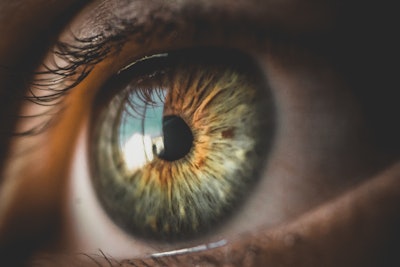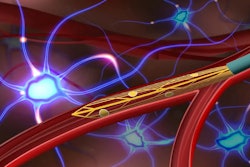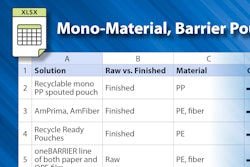
Bruno Henrique
According to a recent New Atlas article, researchers at Anglia Ruskin University in the UK have used 3D nanotechnology to grow human retinal cells, a breakthrough in potential treatment for age-related macular degeneration (AMD), a leading cause of blindness in developed countries. In AMD, the macula, responsible for sharp, central vision, deteriorates, causing blurriness in the central field of vision. The study used electrospinning, a process that creates a 3D nanofibrous scaffold by drawing polymer fluid through an electric field, allowing for the growth of retinal pigment epithelial cells.






















